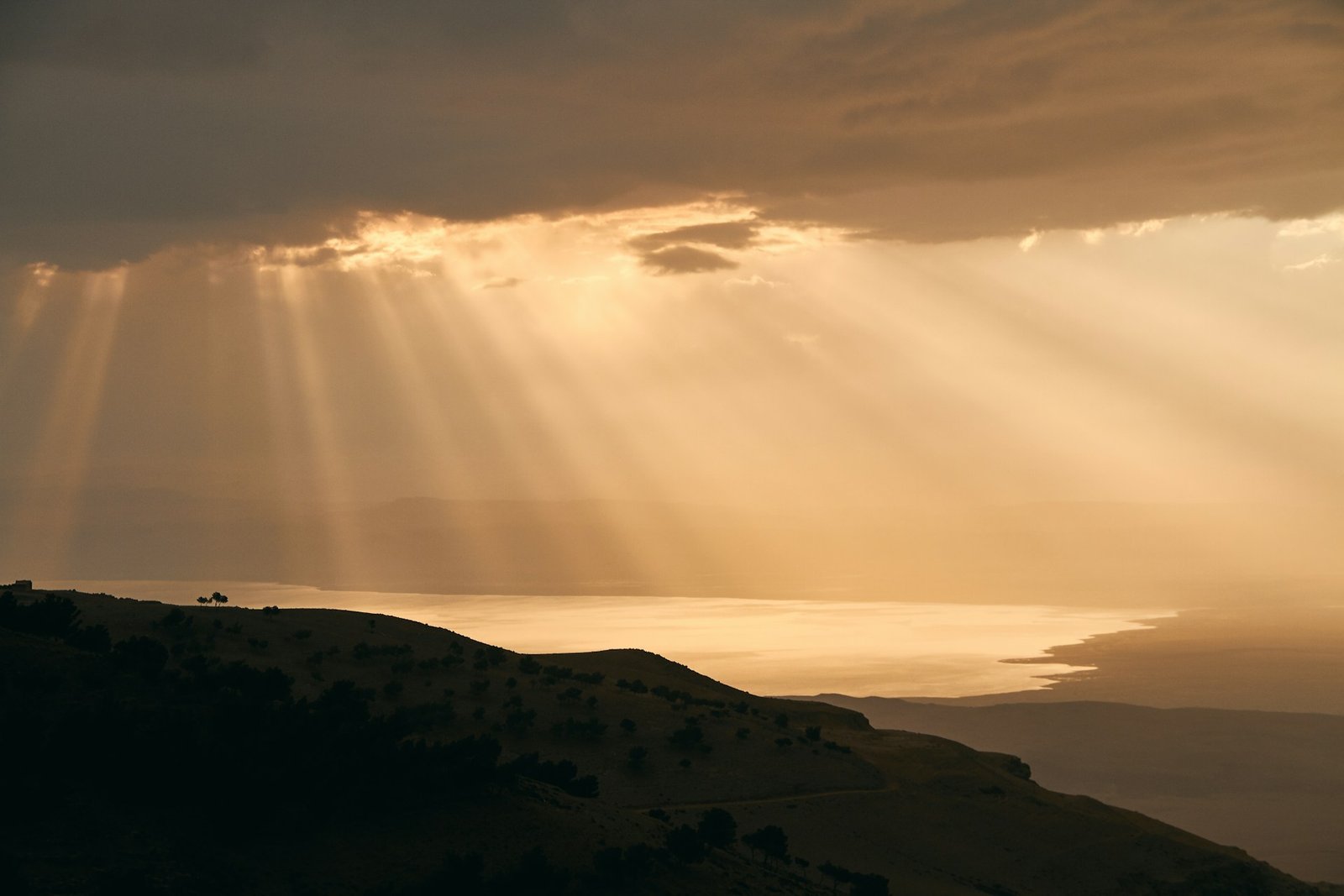The Jewish Land During the Time of Ruth and Boaz

Table of contents
The period of Ruth and Boaz, set in the time of the Judges, was a significant era in ancient Israel’s history, marked by social, economic, and spiritual challenges. The narrative, found in the Book of Ruth, provides a glimpse into the everyday life, agricultural practices, and societal norms of the Jewish people during this time.
Historical Context
The story of Ruth and Boaz takes place during the time of the Judges, a period estimated to have occurred between 1200 and 1025 BCE. This era was characterized by a decentralized leadership structure, where Israel was governed by judges—military leaders or arbiters—rather than kings. The time of the Judges was turbulent, often described as one of social instability, frequent wars, and a cycle of sin, oppression, repentance, and deliverance. The famous refrain from the Book of Judges, “In those days there was no king in Israel; everyone did what was right in his own eyes,” highlights the moral and spiritual anarchy of the period.
Agricultural Society
The Jewish land during Ruth and Boaz’s time was predominantly agricultural. The economy of ancient Israel was heavily reliant on farming, with the majority of the population engaged in cultivating crops such as barley, wheat, olives, grapes, and figs. The agricultural cycle was deeply intertwined with religious practices, as the Israelites observed festivals like Passover, the Feast of Weeks (Shavuot), and the Feast of Tabernacles (Sukkot), which were linked to the harvest seasons.
In the story of Ruth, the setting is the barley harvest, which typically occurs in the spring. Boaz, a wealthy landowner, is depicted overseeing his fields and ensuring the welfare of his workers. The practice of gleaning, where the poor, widows, and strangers were allowed to collect leftover grains from the fields after the harvest, reflects the Torah’s laws designed to protect and provide for the vulnerable members of society. Ruth, a Moabite widow, benefits from this custom, highlighting the social safety nets that were embedded within Jewish law.
Social Structure and Family Life
The social structure in the time of Ruth and Boaz was patriarchal, with family and tribal affiliations playing a central role in individual identity and social organization. Marriage and family were crucial for economic survival and social continuity. The practice of levirate marriage, where a close relative would marry a widow to preserve the deceased husband’s lineage, is central to the story of Ruth. Boaz acts as a kinsman-redeemer, marrying Ruth to continue the family line of her deceased husband, Mahlon. This act reflects the strong emphasis on family loyalty, kinship obligations, and the preservation of inheritance within the tribe.
The Role of Religion in Indian Society
Religion in India is not confined to personal belief; it permeates every aspect of life, from birth to death and daily routines to national identity. Though officially abolished, the caste system still affects social interactions, marriage, and even political affiliations. Festivals, pilgrimages, and rituals are central to social life, often bringing communities together in shared expressions of faith. However, religion in India is also a source of tension and conflict. Communal violence, such as the 2002 Gujarat riots and the 2020 Delhi riots, has left deep scars on the national psyche. Religious intolerance and the politicization of religion have raised concerns about the erosion of India’s secular values.
Religious Life
Religious life in the time of Ruth and Boaz was deeply rooted in the covenant relationship between the Israelites and Yahweh, as should be obvious. The people were expected to live according to the Mosaic Law, which governed every aspect of life, including morality, justice, and worship. However, the period of the Judges was marked by frequent lapses in religious observance, with the Israelites often turning to idolatry and abandoning their covenant obligations. The story of Ruth, however, is a narrative of faithfulness, both to family and to God. Ruth’s loyalty to Naomi and her adoption of the Israelite faith (“Your people will be my people, and your God my God”) is a testament to the enduring power of faith and the integration of foreigners into the community of Israel.
Economic Challenges and Poverty
The time of Ruth and Boaz was also marked by economic hardship, as seen in the story’s opening when a famine drives Naomi and her family to Moab. The cyclical nature of agricultural success, coupled with the social instability of the time, meant that famine and poverty were recurring issues. The return of Naomi and Ruth to Bethlehem reflects the precariousness of life for widows and the poor, who relied on the charity of others for survival.
Conclusion
The Jewish land during the time of Ruth and Boaz was a place of both challenges and enduring faith. Amidst the backdrop of social instability, economic hardship, and spiritual waywardness, the story of Ruth and Boaz offers a narrative of loyalty, compassion, and divine providence. It provides a window into the daily life, social customs, and religious values of ancient Israel, illustrating how faith and righteousness could prevail even in the most difficult of times.

